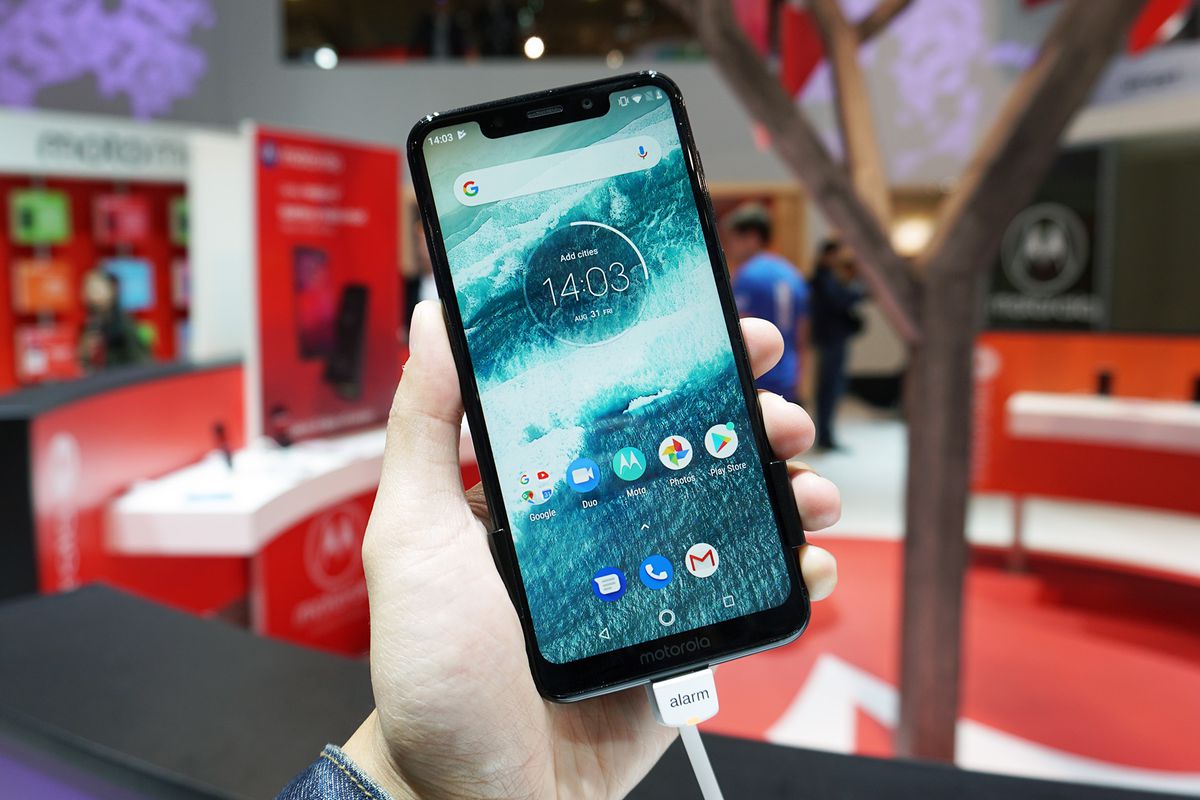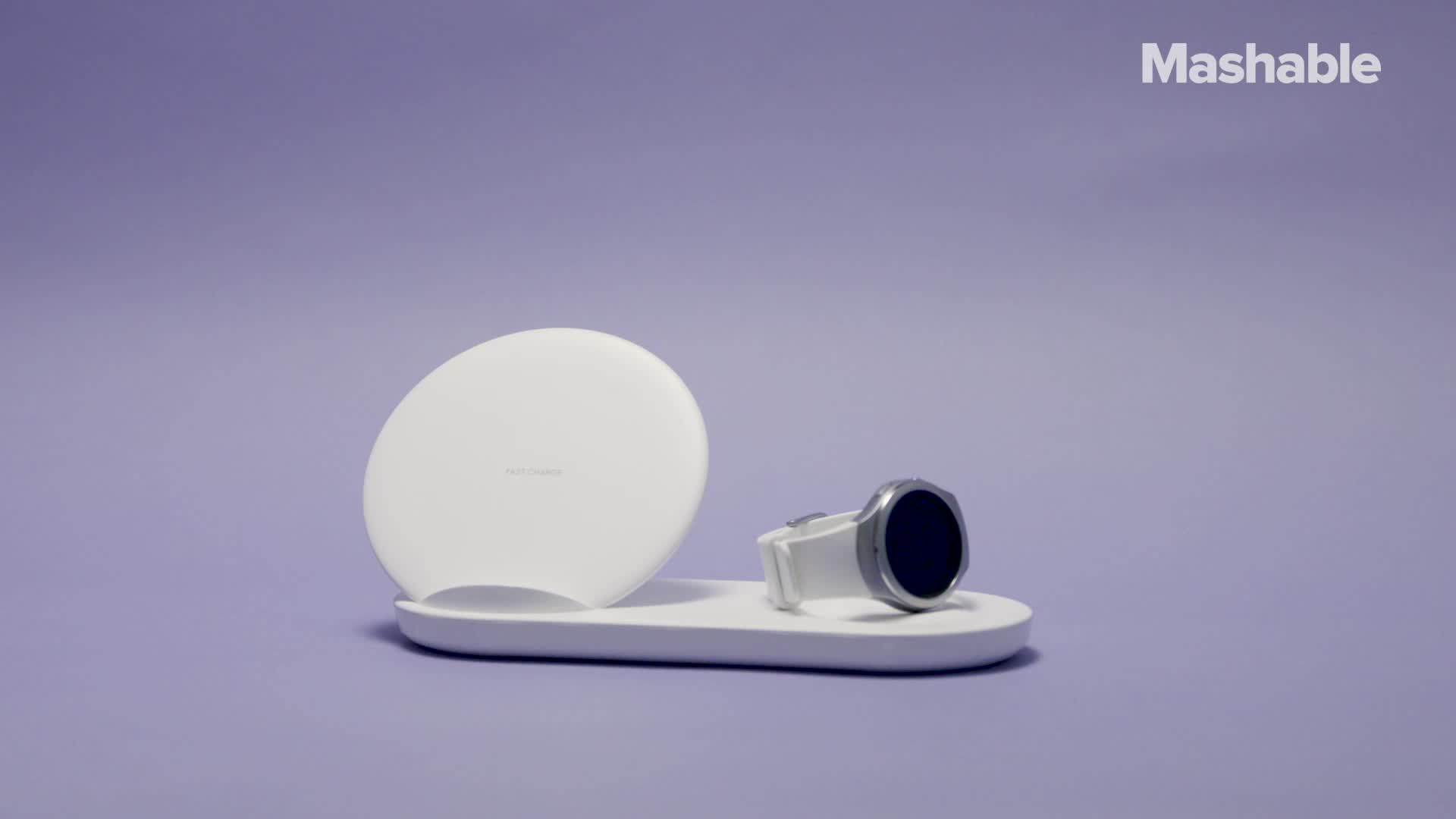Technology
Google’s Android One program is an evolution of the Nexus initiative

As great as Google’s Pixel phones are — the Pixel 2’s have arguably the best smartphone cameras and the Google Assistant has grown to be indispensable — they lack one thing that made their predecessors, the Nexus phones, so irresistible: affordable pricing.
The Nexus brand and hardware are long dead, but the key fundamentals that made the phones such game-changers lives on in Android One.
Google launched Android One in 2014 as program geared towards pushing its apps and services onto budget phones designed for emerging markets such as India.
“Our goal is to reach the next 5 billion people in the world,” said Google CEO Sundar Pichai. “When I go back home to India and other countries like that, it is exciting to see the impact that phones have on lives, but it’s disappointing that only less than 10 percent of the population has access to smartphones. We want to change that.”
And so Android One was born. The mission with Android One was, as Pichai said, to help OEMs (official equipment manufacturers) build great hardware running on stock Android instead of having them reinvent the wheel with every new device.
Pichai said Google helped OEMs source their hardware components and also optimize stock Android to run on them. With Android One, ultra cheap phones like Micromax’s $100 phone would allow more people to afford and own smartphones.
Nexus morphs into Android One
What started out as a program for budget phones for developing regions has now expanded to cover a wide range of devices that span the spectrum from entry-level to premium.
“It’s much more about the experience and not about the price,” Jon Gold, head of Android One partnerships at Google, told me over a Google Hangouts call, ahead of the annual IFA tech show in Berlin where several partners will announce new Android One phones. “We now have devices that cost $150 to $800.”
Gold pointed to Nokia’s commitment of its entire phone lineup this year to Android One as the program growing beyond its budget roots.
“[New Android One phones] are sort of in the next stage — in their mid-tier devices, getting nicer screens,” says Gold. “They’re a nice refresh relative to devices from earlier this year.”
When I told Gold that the new Android One program reminded me a lot of the Nexus and the Google Play Editions before it — phones made by OEMs running stock Android — he didn’t deny the similarities. In fact, he straight up told me he sees Android One as the evolution of the Nexus.
Instead of working with one or two hardware partners to create its own branded phones (the last Nexus phones were the Huawei-made Nexus 6P and the LG-made Nexus 5X), Android One opens the door for more OEMs to make phones running its untainted version of Android at even more price points.
“We’re striking a bit of a balance with a partner-led program,” says Gold. “We want partners to ship the right hardware, right strategy, and the specs that will fit that particular market. We do set minimum thresholds to ensure performance, battery, “jankiness,” and we’re starting to make image quality a priority.”
Consistent Google experience on more phones
Gold explained to me Google’s still helping OEMs choose components, but they’re working even harder to provide guidance on how to tune stock Android to work with the specific parts they want.
If you look at Android One’s website right now, you’ll find a solid range of devices with different designs, display sizes (some with notches and some without), aspect ratios, and core features. Gold says Google’s job is to help OEMs like Xiaomi, or Nokia, or Motorola get the most out of their hardware without compromising on stock Android.
“We’re trying to put together this selection of devices that show off Google services really well,” says Gold.
The core Google Android experience will be consistent across all Android One phones, but Gold also says there’s room for OEMs to differentiate with subtle software tweaks. One example is the new App Actions feature in Android 9 Pie. The feature uses AI to display shortcuts for things you might want to do. On the Pixel 2’s, App Actions show up as buttons within the app drawer, but where these predictive buttons appear and what they look like on different Android One phones could differ.
Of course, Android One is fluid and always evolving and Gold acknowledges that Google’s always looking at new ways to push the program forward. So for example, if an OEM wants to include, say, squeezable edges like on the Pixel 2’s, Google might provide guidance on how to implement that feature.
Asked if Android One would allow OEMs to include their own unique add-on features that augment stock Android (think the black-and-white reading mode feature on OnePlus’ OxygenOS or the double-chop feature that turns on the flash on Motorola phones) but don’t bog it down, Gold said Google’s not opposed to allowing that in the future.
Watch this space

Motorola’s One and One Power look pretty sweet for midrange phones.
Image: raymond wong/mashable
Really, the revamped Android One program is classic Google: It’s all about offering choice. The eventual goal is for consumers to have many different phones at low to mid to high prices to pick from as their budget allows. With a price range from $150-800, there’s bound to be some phones that are more Nexus-like, offering great specs at great prices.
Diehard Google and Android will no doubt stick to the Pixel phones, which will continue to occupy the premium space. However, if you’re tired of Android phones with crappy skins or bloatware that hold the phone back, a lot of good Android One phones are coming down the pipe that are worth considering.
LG just announced the G7 One, which is essentially its G7 ThinQ, but with last year’s Snapdragon 835 chip instead of this year’s Snapdragon 845 and 32GB of internal storage instead of 64GB.
We don’t know pricing for the G7 One, but LG says it’ll be sold at an “exceptional price.” Fingers crossed it’s in the ballpark of the OnePlus 6, which starts at $529.
Motorola also unveiled two new Android One phones, the One and One Power. Neither phone will be available in the U.S. (only Europe, Latin America and Asia Pacific), but they look pretty great for price.
The Motorola One comes with a 5.9-inch 19:9 display with HD+ resolution, Snapdragon 625 processor, dual 13-megapixel rear cameras, 8-megapixel selfie camera, and a full day of battery life all for €299 (about $350 USD).
Meanwhile, the One Power has a larger 6.2-inch 19:9 full HD+ res screen, faster Snapdragon 636 chip, 64GB of internal storage, and up to two days of battery life. We don’t know how much this baby’s gonna cost yet, but the fact it’s launching in India in October could hint at affordable pricing.
“[Android One] is all about good quality phones that offer a consistent experience at reasonable price and I think we’re accomplishing it,” says Gold.

!function(f,b,e,v,n,t,s){if(f.fbq)return;n=f.fbq=function(){n.callMethod?
n.callMethod.apply(n,arguments):n.queue.push(arguments)};if(!f._fbq)f._fbq=n;
n.push=n;n.loaded=!0;n.version=’2.0′;n.queue=[];t=b.createElement(e);t.async=!0;
t.src=v;s=b.getElementsByTagName(e)[0];s.parentNode.insertBefore(t,s)}(window,
document,’script’,’https://connect.facebook.net/en_US/fbevents.js’);
fbq(‘init’, ‘1453039084979896’);
if (window.mashKit) {
mashKit.gdpr.trackerFactory(function() {
fbq(‘track’, “PageView”);
}).render();
}
-

 Business6 days ago
Business6 days agoAPI startup Noname Security nears $500M deal to sell itself to Akamai
-

 Business7 days ago
Business7 days agoUS think tank Heritage Foundation hit by cyberattack
-

 Entertainment6 days ago
Entertainment6 days agoNASA discovered bacteria that wouldn’t die. Now it’s boosting sunscreen.
-

 Entertainment6 days ago
Entertainment6 days agoHow to watch ‘Argylle’: When and where is it streaming?
-

 Business5 days ago
Business5 days agoTesla drops prices, Meta confirms Llama 3 release, and Apple allows emulators in the App Store
-

 Business4 days ago
Business4 days agoTechCrunch Mobility: Cruise robotaxis return and Ford’s BlueCruise comes under scrutiny
-

 Entertainment5 days ago
Entertainment5 days ago‘The Sympathizer’ review: Park Chan-wook’s Vietnam War spy thriller is TV magic
-

 Business3 days ago
Business3 days agoTesla layoffs hit high performers, some departments slashed, sources say




















